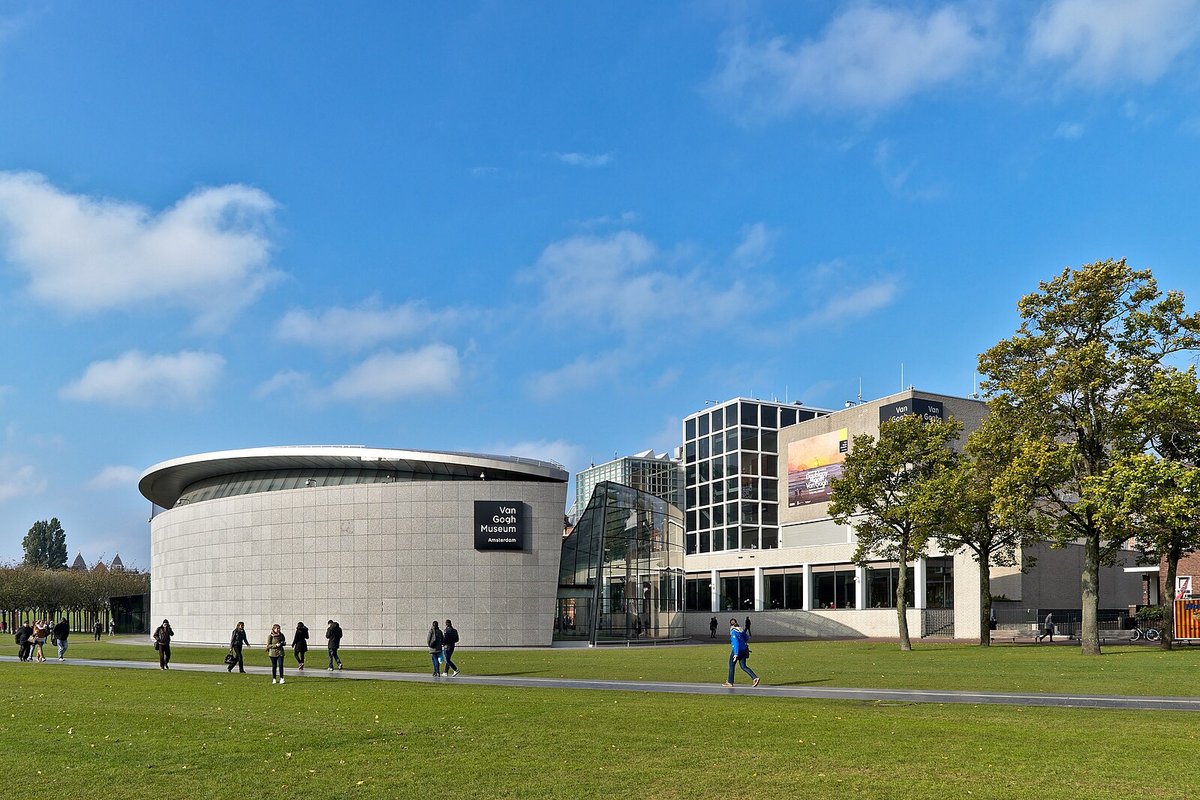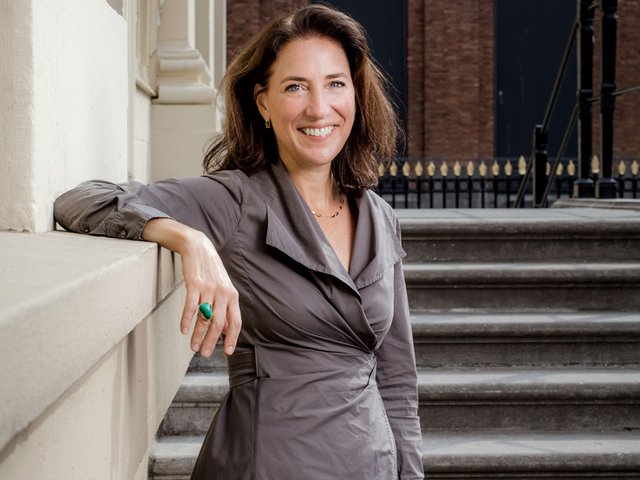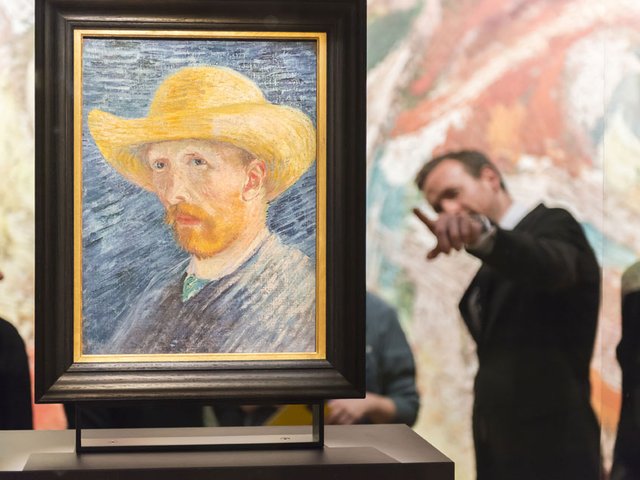In a highly unusual move, the director of Amsterdam's Van Gogh Museum announced yesterday that the museum would be “forced to close” should the Dutch culture ministry not provide additional funding. According to Emilie Gordenker, unless planned building work is funded the museum “will not be able to guarantee the safety of the collection, visitors and staff”.
In a message to supporters of the museum, which represents a major attraction for international tourists and currently receives around 1.8m visitors a year, Gordenker wrote: “There is a dark cloud on the horizon.” In an interview with the New York Times, she added that essential work is needed for the “climate control system and elevators, and to improve fire safety, security and sustainability”. The public warning comes after two years of private negotiations with the Dutch government.
Major building works
The museum’s main building, designed by the architect Gerrit Rietveld, was opened in 1973 and, in its early period, welcomed under 500,000 visitors a year. In 1999 the Kisho Kurokawa-designed wing was inaugurated, with a new entrance and temporary exhibition galleries. Since this time visitor numbers have continually risen, reaching a record 2.6m in 2017, and leading to the introduction of deliberate restrictions on ticket sales to improve the visitor experience.
Both buildings are now badly in need of major renovations and plans have been made to upgrade them between 2028 and 2031. The museum’s study, known as Masterplan 2018, estimates the cost of these works to be €104m.
During the building work, the museum hopes to keep one of the two buildings open, but this will necessitate lower visitor numbers. Space constraints will also mean the curtailment of the exhibition programme and an emphasis on the permanent collection. The museum is predicted to lose at least €50m during the closure, an additional cost which will be borne by the institution.
Government subsidy
Under a 1962 agreement, the Van Gogh family passed its collection of 200 paintings, 500 drawings and 900 letters by the artist, as well as 150 artworks by his contemporaries, to the Vincent van Gogh Foundation. In return, the Dutch state committed to fund the construction and maintenance of a museum where the collection would be preserved and displayed.
The Van Gogh family’s entire collection is now housed at the Van Gogh Museum. Today the institution generates 85% of its own income—a remarkably high percentage compared to other Dutch public museums—but is dependent on a government subsidy for the remainder.
Currently, the museum receives €8.5m a year from the government to care for its buildings. However, Gordenker believes that it is now essential to increase the annual structural subsidy to €11m. She argues that, since the Dutch government owns the museum’s buildings, it has a responsibility to assist, and has urged the state to “fulfil its legally established obligations”.
Legal proceedings
The museum has now filed a legal complaint against the government, which is expected to be heard on 19 February 2026. The complaint asserts that the state is in breach of the 1962 agreement made with the Van Gogh family.
In a statement, the Vincent van Gogh Foundation said it “fully supports” the museum. “The state must ensure funding for sustainable facilities that will make the collection optimally accessible to current and future generations,” the statement added.
A spokesperson for the Ministry of Education, Culture and Science told The Art Newspaper that, according to comprehensive research conducted by independent experts, its subsidy is “sufficient to cover the necessary maintenance costs”. Asked about the museum’s legal action, the ministry said it is reviewing the situation and will “respond within the context of the legal proceedings”.
The museum’s shock announcement comes at a complicated moment in Dutch politics. On 23 August it was announced that the centrist New Social Contract party would pull out of the country’s coalition government. Among the resigning ministers was Eppo Bruins, who was responsible for Education, Culture and Science. He has been replaced on an interim basis by Sophie Hermans, of the conservative People's Party for Freedom and Democracy.
A general election will be held in the Netherlands on 29 October, meaning that the fate of the Van Gogh Museum may not be decided until a new government is formed.




